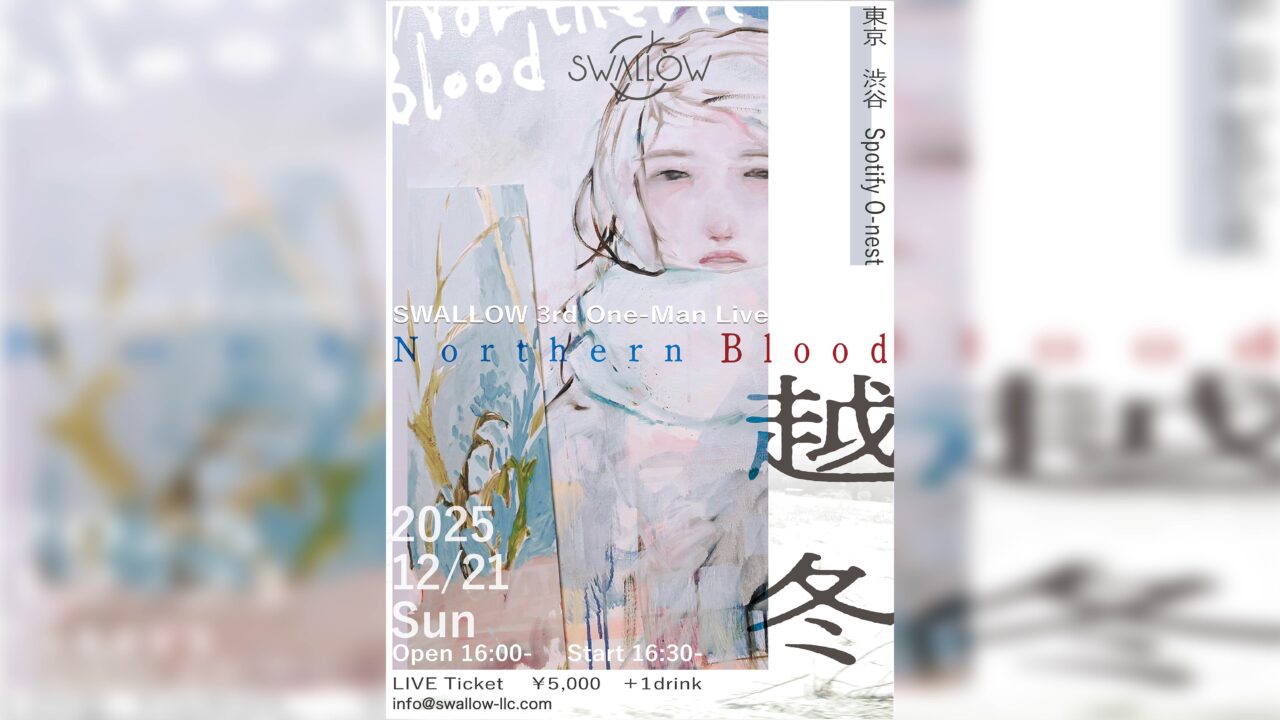INDEX
The Turning Point: “POINT“
-Aphex Twin’s “Selected Ambient Works 85-92” was a favorite of yours at the time?
Oyamada: I listened to both the 1994 release (“Selected Ambient Works Volume II”), but I think I listened to it most around 1995 or 1996, when I made “FANTASMA” (1997). There was a song called “i” that I really liked because it was so floaty and I felt like I was drifting in space.
-I really liked it because it felt like I was floating in outer space. Did you listen to this kind of music in your private time while making it?
Oyamada: Yes, I did. It was around the time of “POINT” that I got into minimal music and ambient music for the first time.
-I think we’ve talked about this a few times, but did you have to assess your capacity for information?
Oyamada: That was part of it. Around the time of “FANTASMA,” in the late 1990s, it was said that the record industry was at its peak, and there was an overabundance of information, a state of chaos. Personally, I was also in a state of upheaval. After “FANTASMA,” I started touring overseas, and my living environment changed drastically.
I don’t know if it was coincidence or guidance, but I was in my 30s, got married, and had a child, so there were many things happening in my life cycle. It was at that time that I started to move in a minimalist direction.
-I guess I was just at the surface tension of the possibility of quoting something like sampling culture, or listening to a vast amount of music and creating something in response to it, not only in my head, but also physically?
Oyamada: Physically, yes, and I made “FANTASMA” by sampling and editing various music from records, but I ran into a clearance problem when releasing it overseas. This method was interesting, but I also felt that it would be troublesome to continue using it in the future.
-So you had reached a turning point in terms of rights. But the way of making music has changed since then, hasn’t it? Did you ever hit a wall there?
Oyamada: Not so much. New discoveries were more interesting. At the time of “FANTASMA,” we rented a rather large outside studio and paid 300,000 yen a day for the work, which is too scary when I think about it now [laughs].
But I remember thinking that I could no longer see the future with this kind of approach. Around that time, computer-based recording became almost possible even in a simple studio, and I shifted to that method. I guess it suited my nature.
-After that, you were able to check recordings on the screen as well, right?
Oyamada: Being able to see the audio and MIDI* data as images, and being able to say, “Let’s move this sound here,” was a big deal. In terms of post-production, I was able to change the way I made music and create my own unique style.
MIDI (Musical Instruments Digital Interface) is a standard established in 1983 for digitally transmitting performance data of electronic musical instruments. It refers to the control data for sound sources such as synthesizers, rhythm machines, and sound source software, and is also called MIDI tracks, MIDI files, etc. – see Rihiko Yokogawa, “Introduction to Sound Production: Basics and Practice of DAW (2021, BNN).
-How has your production process changed?
Oyamada: After “POINT”, I started to compose music in a way where I just kind of make a sound and see how I can approach that sound. Instead of thinking of a structure or melody and recording it, I would create small chunks of chords or instruments and develop them on the spur of the moment. Basically, it is a way of developing motifs while manipulating the time axis.
-It is a kind of generative method. What exactly do you mean by manipulating the time axis?
Oyamada: For example, with a tape, time flows only in one direction from the beginning to the end. With a computer, however, you can freely move back and forth along the time axis, such as reworking this side and putting this side and that side together. You can also redo the recording. The tempo is the first thing to be decided, but it can be changed later.
-So there is an improvisational aspect to your music?
Oyamada: In the past, there was almost no improvisation, but now there is a great element of improvisation. For music for TV or advertisements, even if we have a theme, we don’t always know what kind of music we are going to make, and we often think of it after going to the studio that day. For my own albums, I have an image of what I want the music to sound like.



























